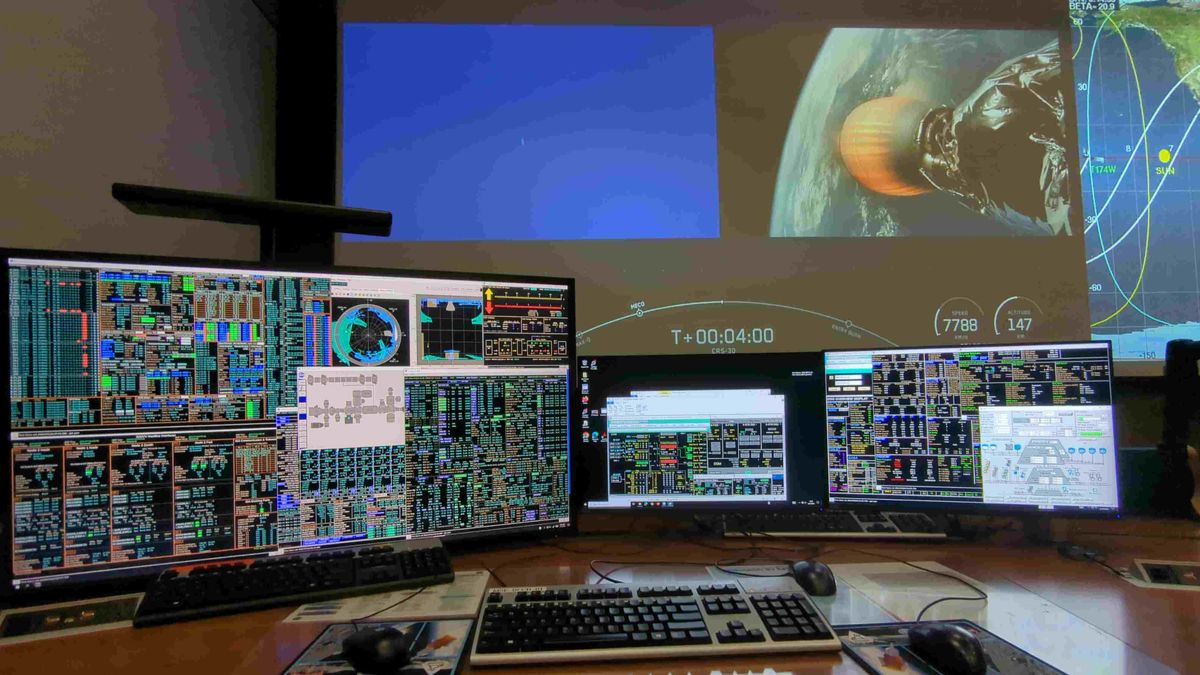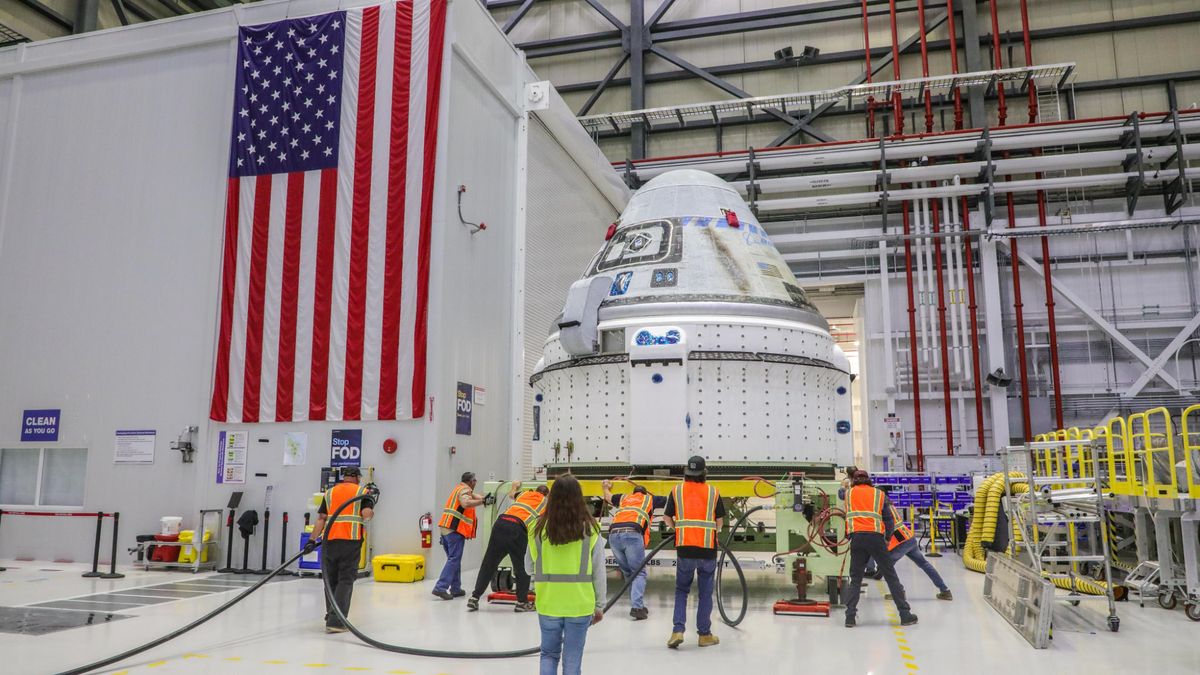The Importance of Safety in Human Spaceflight Missions
Witnessing a rocket launch in person, especially from NASA’s Mission Control, is a unique experience that provides unparalleled insight into the complexities of human spaceflight. Recently, reporters and flight directors gathered at NASA’s Johnson Space Center to observe SpaceX’s successful launch of its 30th robotic cargo mission to the International Space Station (ISS) from Florida. Despite the flawless liftoff, the specter of aborts loomed large, with a Russian Soyuz spacecraft scrapping its launch in Kazakhstan on the same day. The primary focus of the gathering was to discuss Boeing’s upcoming Starliner mission to the ISS, which had been delayed due to safety concerns.
The Emphasis on Safety Standards
During the event, former space shuttle flight director and current deputy program manager for Starliner, LeRoy Cain, highlighted the importance of prioritizing safety in the design, testing, and execution of space missions. Drawing on the lessons learned from past tragedies, such as the Columbia space shuttle disaster in 2003, Cain underscored the need to anticipate potential risks and address them proactively. This commitment to stringent safety standards has led to delays in the Starliner program but has been deemed essential for ensuring the well-being of astronauts on future missions.
Starliner, Boeing’s spacecraft slated to carry astronauts to the ISS, has faced numerous technical challenges over the years, including failed test flights and issues with critical systems. Despite these setbacks, the NASA team involved in the project has diligently worked to rectify the issues and prepare for a successful launch. With the Crew Flight Test (CFT) mission scheduled for May 1, the focus remains on meticulous preparation and adherence to safety protocols.
The Role of Mission Control in Ensuring Mission Success
The Blue Flight Control Room (BFCR) at NASA’s Johnson Space Center has been instrumental in overseeing spaceflights, including those to the ISS and the Hubble Space Telescope. For upcoming Starliner missions, the BFCR will serve as the nerve center for monitoring and guiding the spacecraft during critical phases of the mission. The collaboration between NASA’s flight directors and Boeing’s engineering team, spanning across different control centers, underscores the importance of teamwork and coordination in space operations.
As preparations for the Starliner launch intensify, the emphasis on safety remains paramount. Flight directors and mission control teams are conducting rigorous simulations and contingency planning to ensure that astronauts are prepared for any eventuality, including emergencies like space debris encounters and unexpected weather conditions. By prioritizing safety at every stage of the mission, NASA and Boeing aim to achieve a successful and educational experience for all involved.
Looking Towards the Future
With the first crewed Starliner mission on the horizon, the teams involved are gearing up for a historic moment in human spaceflight. Despite the challenges and setbacks along the way, the dedication and expertise of the professionals working on the project instill confidence in the mission’s success. As the launch date approaches, the focus remains on learning from each experience and applying those lessons to future missions. The journey to space is fraught with challenges, but with a commitment to safety and excellence, the possibilities for exploration and discovery are boundless.
Image/Photo credit: source url





